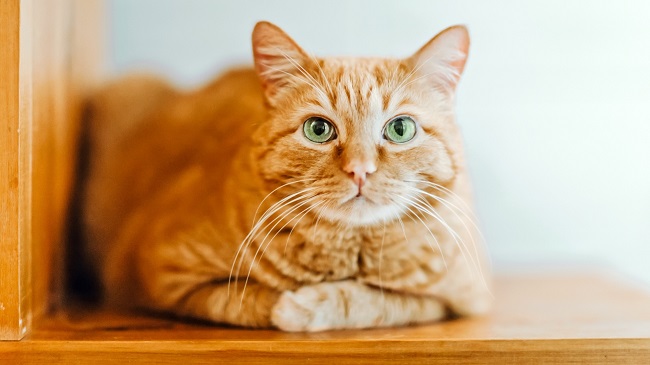The colorful world of feline genetics is rich with intriguing questions, one of the most popular being, “Are Orange Cats Always Males?”
While it’s true that a significant percentage of orange cats are male, the statement is not absolute. This article takes you through the ins and outs of feline genetics to demystify this common misconception.

Understanding Feline Genetics
Feline coat colors are governed by genes, just like human traits. The color gene responsible for black and orange fur in cats resides on the X chromosome. Hence, the sex of a cat directly influences the color of its fur.
Read Also:
Male cats have one X and one Y chromosome (XY), while females have two X chromosomes (XX). Therefore, a male cat needs only one copy of the ‘orange’ gene, which he can only get from his mother, to be an orange cat. Conversely, a female cat would need two ‘orange’ genes—one from each parent—to be an orange cat.
The Statistics of Orange Cats
Due to these genetic requirements, about 80% of orange cats are indeed male. However, that leaves a significant 20% that are female. So, while it’s more common to see male orange cats, females do exist.
The Rarity of Female Orange Cats
Since a female cat requires two ‘orange’ genes to become an orange cat, and males only pass on their Y chromosome to their sons, a female orange cat can only occur when both her mother is an orange or calico/tortoiseshell cat and her father is an orange cat. This makes female orange cats comparatively rarer and somewhat special.
Exceptions to the Rule
Calico and tortoiseshell cats, which display a mosaic of orange and black fur, add another layer of complexity to the equation. These cats are almost always female due to a phenomenon known as X-chromosome inactivation.
In rare cases, male cats can exhibit these color patterns, but these are usually a result of genetic anomalies, such as Klinefelter’s syndrome, where a male cat possesses an extra X chromosome (XXY).
Feline Fur Patterns and Colors
The color of a cat’s fur is determined by several genes, and the combinations of these can result in a myriad of different patterns and colors. Orange cats, specifically, are usually either a solid orange, tabby, or a calico/tortoiseshell pattern.
Solid orange cats have a coat featuring one solid color, either a dark orange, often called red or ginger, or a light orange, referred to as cream. These cats can be either male or female, though males are more common.
Orange tabbies have a coat that features a distinctive ‘M’ on their forehead, with their bodies adorned with other stripes, swirls, and spots. The tabby pattern is the most common in cats and orange tabby cats are often males.
Calico or tortoiseshell cats are mainly female, and they exhibit a distinct pattern of both orange and black patches. The calico pattern is seen in cats with three colors: white, orange, and black, whereas tortoiseshell cats have a mix of orange and black without the white.
Genetic Anomalies – Tortoiseshell Male Cats
As noted, calico and tortoiseshell cats are almost always female because of their genetic makeup. However, on rare occasions, males can present with these color patterns due to genetic anomalies, such as Klinefelter’s syndrome (XXY). These male cats are sterile and often have health issues associated with the genetic disorder.
Behavior and Personality Traits
While it’s important not to generalize all cats of a specific color, many orange cat owners report that their pets are particularly affectionate and friendly. They’re often characterized as outgoing, while also being assertive and capable.
However, it’s essential to remember that a cat’s upbringing, experiences, and individual personality play a significant role in their behavior, often more so than their color or breed.
Read Also:
Conclusion
In the end, while the majority of orange cats are male due to the principles of feline genetics, it’s not an absolute rule.
Female orange cats do exist, albeit in fewer numbers. Understanding this genetic principle helps debunk the myth and deepens our appreciation of the complex and colorful world of feline genetics.
























